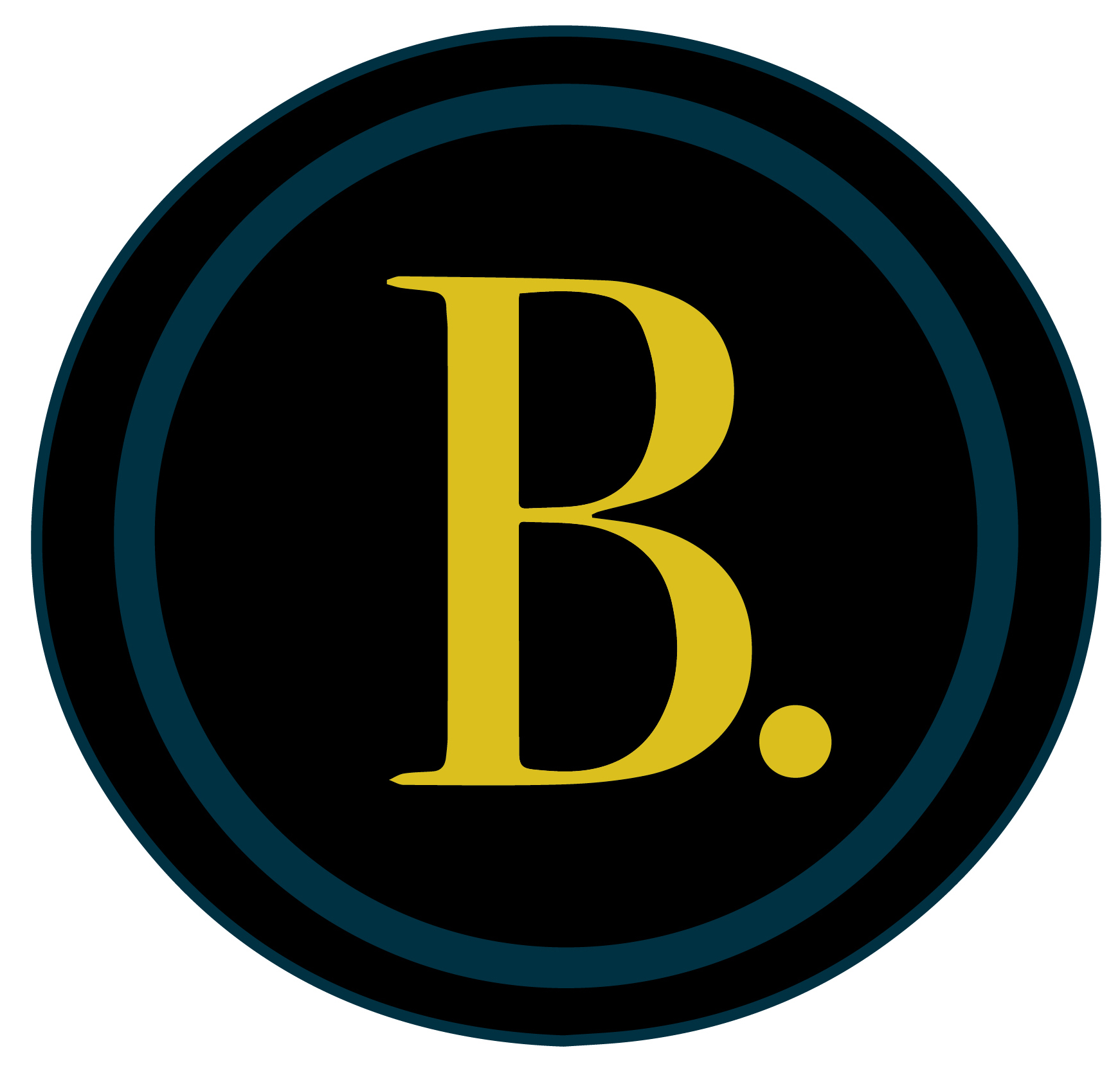
Copyright is a type of Intellectual Property, that sets out the rewards of ownership of third parties utilising the work. In the UK copyright protection is automatic, however, the Copyright, Designs and Patents Act 1988 (“CDPA”) sets out the current UK copyright law in force that protects literary, artistic and musical and dramatic works, sound recordings or films, broadcasts, and public performance, copying, adapting, issuing, renting and lending copies to the public. Copyright protects work that is fixed in a tangible medium. Ideas and concepts are not considered to be a ‘tangible medium’ and are therefore outside the scope of CPDA.
Kia Abbasi at ISACA’s London Chapter says that copyright is extremely complex: it can be waived, shared, expired, sold and even applied multiple times to a single product. Copyright can last from 25 to 70 years in the UK and starts from the moment the work is created or recorded. For some published work it can last for up to 70 years after the author’s death. The duration of copyright differs and depends on the type of work and whether the work is published or unpublished. After the copyright has expired the work enters the public domain, which means that it can be used without having to notify the copyright owner.
Copyright owners can take action against third parties who are infringing their copyright, in relation to the whole or a substantial part of their work. A savvy business owner should question the source of any new IP they see in their business. Key questions to ask are:
-
Is this IP protectable? (copyright, patents, trademarks, designs)
-
Does copyright automatically apply?
-
Does the business or the employee own the copyright (this is usually stipulated in employee business contracts)
With the ubiquitous growth of technology and sharing platforms, the protection of copyright is becoming more complex and difficult to control. The invention of new technologies means that enforcing copyright can be more arduous. For example, a music composer in the 1700s did not have to consider the radio, television and the internet, so it was more straightforward to control their composition as an asset. In a world where computing power, internet speed and advances in technologies make it as simple as a few clicks to share large files, protecting intangible assets has become a challenge, and is ever evolving. A good example is the soaring popularity of Peer-to-Peer file sharing in the early 2000s, with the likes of Napster and The Pirate Bay helping ordinary people become illicit criminals. While this continues to be an issue, there is a new kid on the block in the form of Artificial Intelligence (“AI”).
Different types of AI algorithms, called neural networks, are able to generate realistic images of faces, animals or landscapes while others can even compose music. These algorithms are trained on large amounts of real data; on faces of real people or existing songs. It is important to comply with the license of the data used to train the algorithms. The software in which an AI system is written will be protected by copyright. Research in the field of AI is often carried out on open source platforms like GitHub and builds upon different software packages. Each open source package comes under a specific license, so it is crucial to verify these, especially for commercial usage. In the UK, unlike most other countries, computer-generated works which do not have a human creator are protected by s178 CDPA. The law designates the author of such a work as “the person by whom the arrangements necessary for the creation of the work are undertaken” (s9(3) CDPA).
















